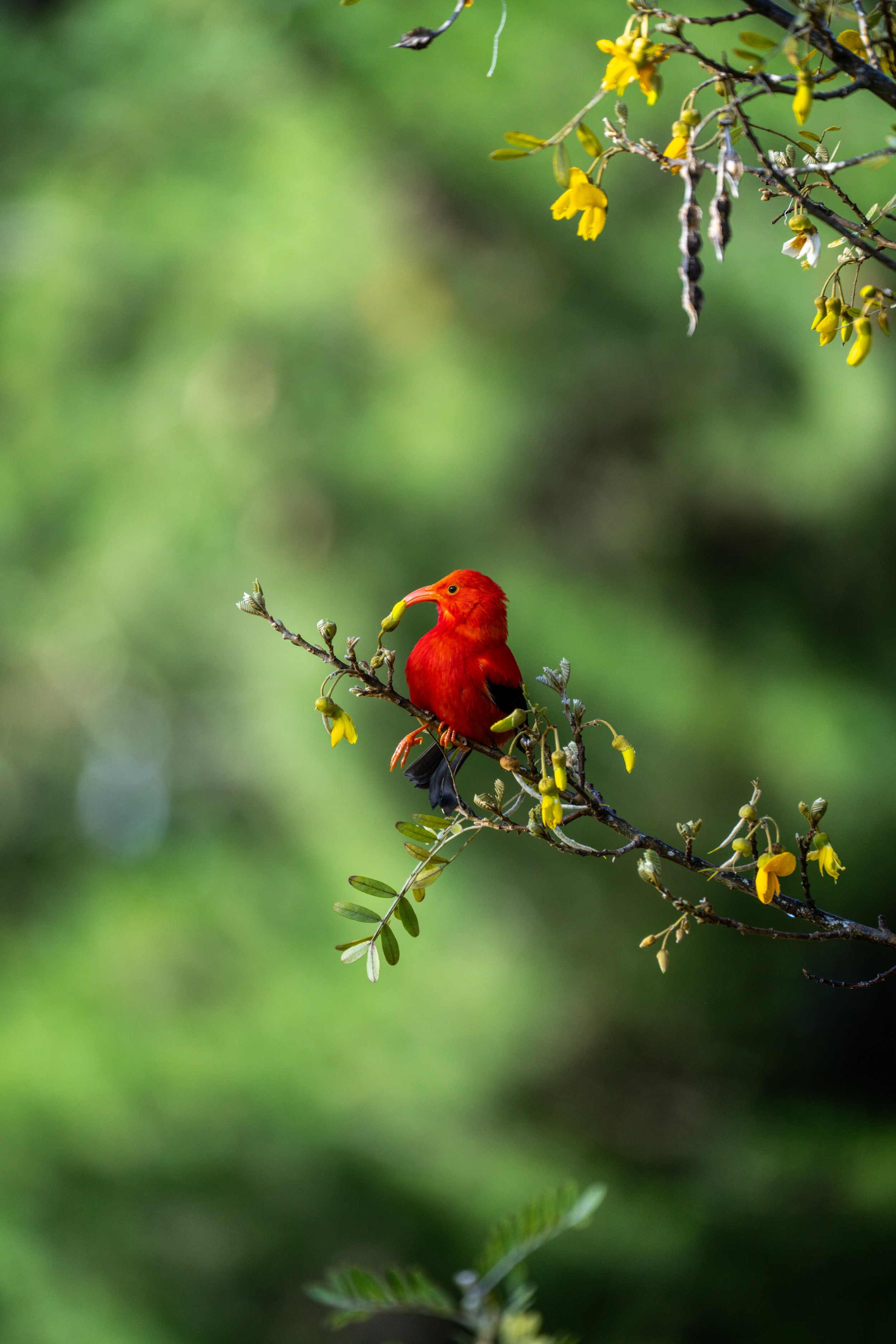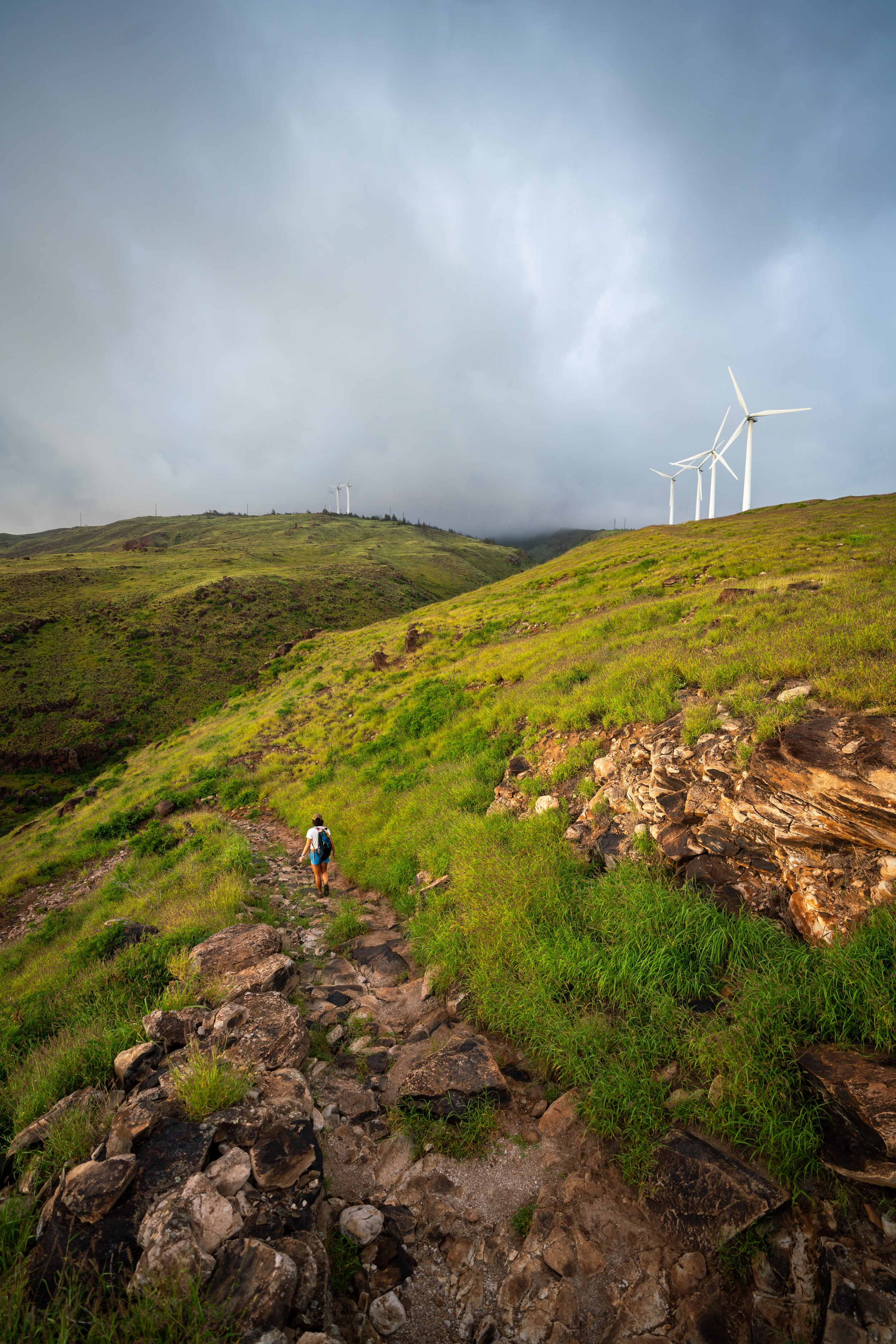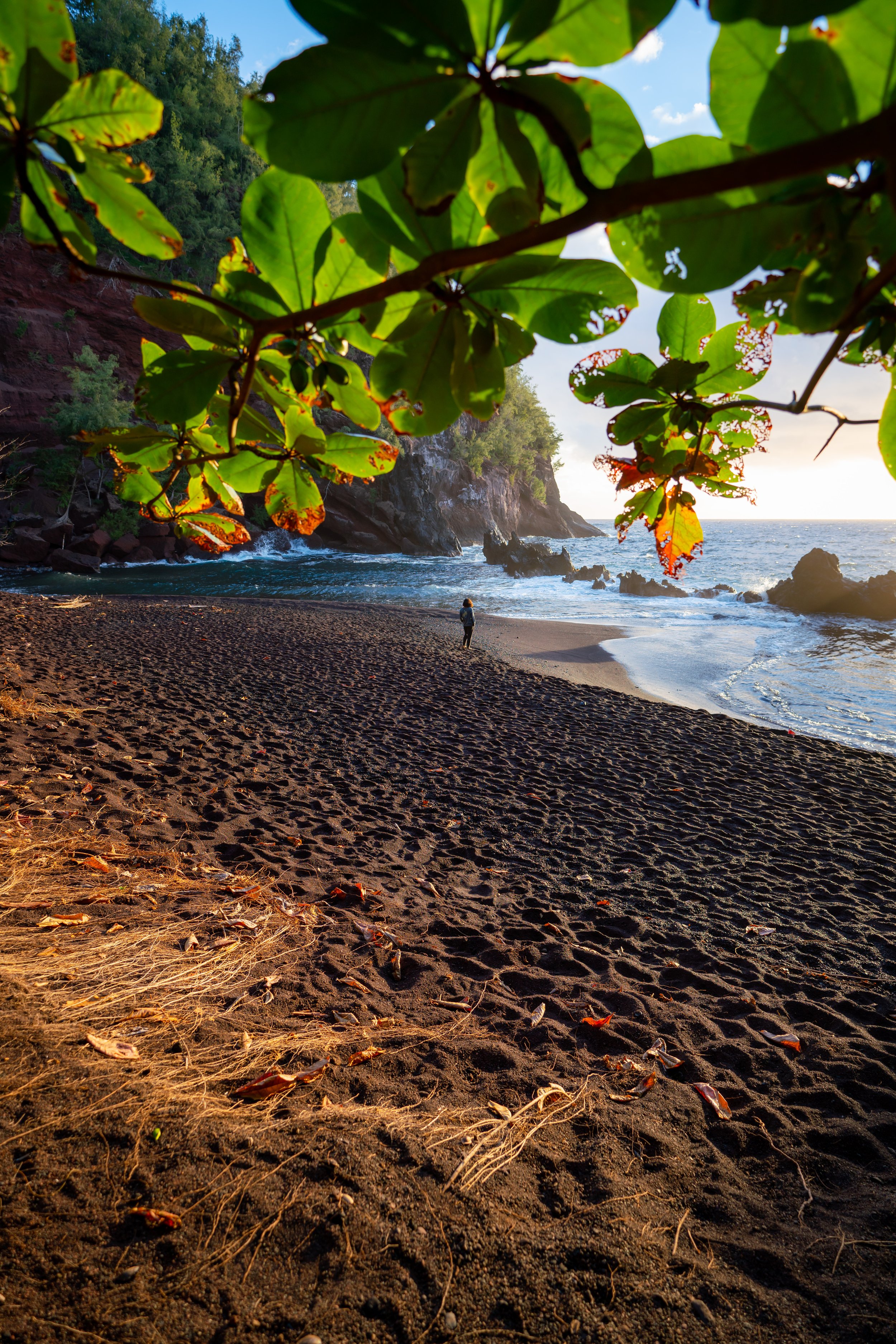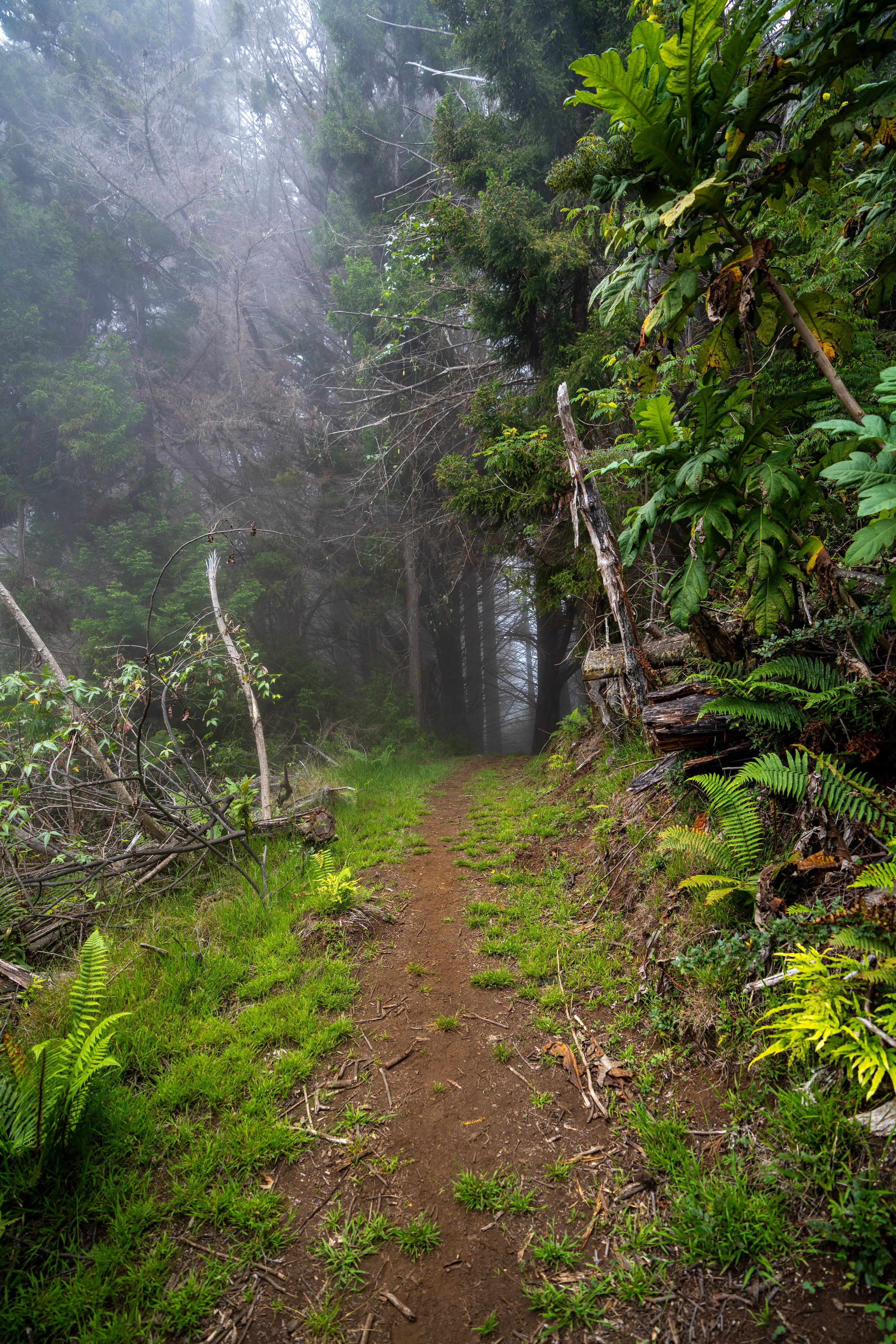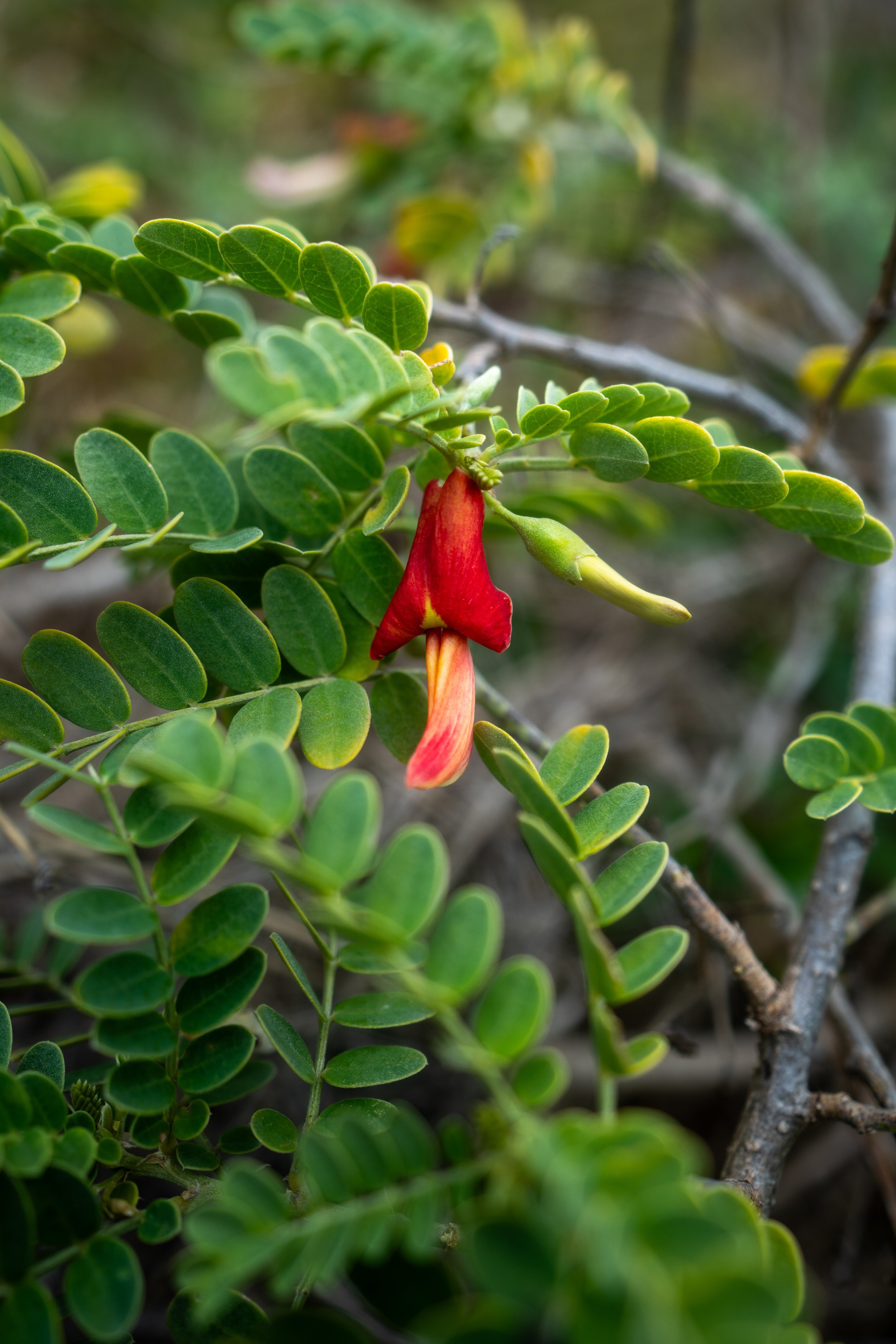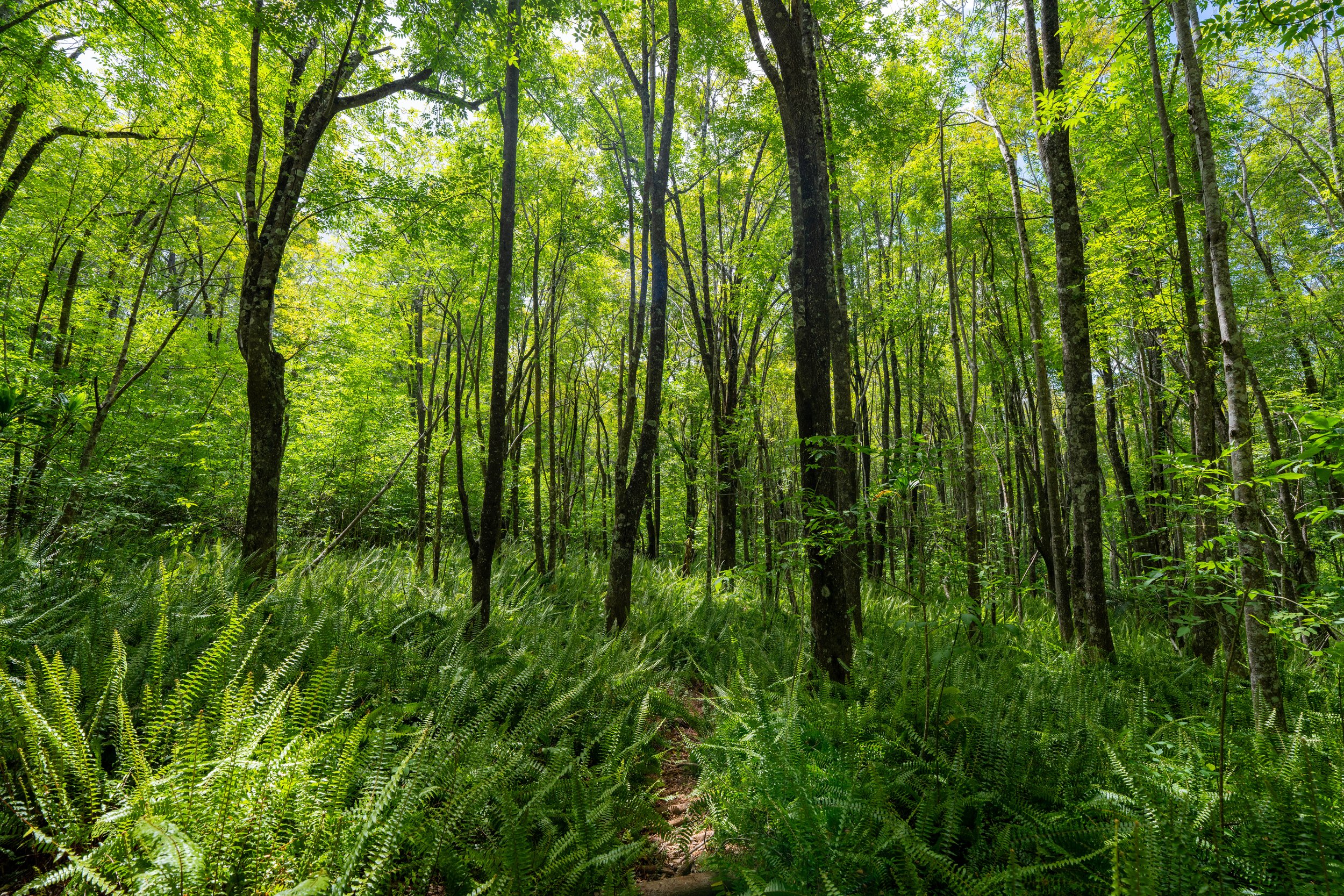Hiking the Supply Trail in Haleakalā National Park on Maui, Hawaiʻi
Distance: 4.8 miles / 7.7 km
There are relatively few trails in Haleakalā National Park outside of Haleakalā Crater, and none are hiked as seldom as the Supply Trail that connects Hosmer Grove to the Halemauʻu Trail Overlook.
That being said, the Supply Trail is a fairly moderate hike for being an entirely uphill adventure, gaining just over 1,000 ft. (305 m) from the trailhead to the Halemauʻu Overlook along the crater rim.
For this reason, I highly recommend the Supply Trail if you’re looking for a nice, casual hike in Haleakalā, or if you’re looking for something to do for a few hours prior to catching the sunset at the summit.
Supply Trailhead Parking
Parking for the Supply Trail is located directly off of Hosmer Grove Access Road—the first road on the left-hand side of Haleakalā Highway following the park entrance station.
That being said, so few Haleakalā visitors choose to hike the Supply Trail, making this one of the least-crowded trailheads in all of Haleakalā National Park.
Google Maps Directions: Supply Trailhead
Hiking the Supply Trail
Beyond the parking area, the Supply Trail begins on a short service road that quickly narrows, where the gradual elevation begins and continues throughout most of the hike to the Halemauʻu Trail junction.
Compared to other areas throughout Maui, the Supply Trail traverses through a predominately native alpine shrubland, filled with a variety of native species that are adapted to these upper elevations and cooler temperatures. This is what a native Hawaiian forest is supposed to look like!
I emphasize this because the vast majority of plants found at lower elevations are generally non-native/ invasive introductions, with a few exceptions here and there.
Along the hike, the Supply Trail will cross over a number of major and minor streams, streams that form some of the tallest waterfalls on the island when they descend the slopes of Haleakalā and down to the Hāna Highway.
As I’m sure it’s obvious from these photos, the elevation gain on the Supply Trail is not steep by any means, making the trail a great, casual day hike should you take your time and enjoy some of Hawaiʻi’s endemic plants and birds.
At around 1.3 miles (2.1 km), the large rain catchment, just off the trail, starts to become visible, which is a nice mental checkpoint on both the way up and down, as much of the alpine shrubland can look the same—especially if you’re hiking in the clouds!
When the ʻŌhiʻa lehua trees have their crown flowers, that is the best time to try and sit and watch for native birds, as they tend to be attracted to the trees with the biggest blooms!
This subspecies of Nohoanu is endemic to Maui, where it can commonly be found in the alpine shrublands of Haleakalā National Park.
Service Road
This is the one and only road that the Supply Trail crosses, which is nothing more than a service road for the rain catchment, as can be seen in the photos below.
Following the service road, there is only about 1.0 mile (1.6 km) to reach the Halemauʻu Trail junction.
Supply-Halemauʻu Junction
After 2.4 miles (3.9 km), the Supply Trail ends at the Halemauʻu Trail, located about 0.6 miles (1.0 km) away from the Halemauʻu Trailhead to the right.
That being said, most day hikers choose to hike just a little further to the Halemauʻu Trail Overlook, about 0.2 miles (0.3 km) to the left of this junction, as the viewpoint is easily the best reward after ascending about 1,000 ft. (305 m) up the Supply Trail.
Halemauʻu Trail
Should you choose to continue to the Haleakalā Crater Rim, know that the remaining 0.2 miles (0.3 km) is almost entirely downhill from this junction.
Read My Separate Post: Haleakalā Crater Cabins Trail
Haleakalā Crater (Halemauʻu Overlook)
Finally, the Supply-Halemauʻu Trail ends when the Halemauʻu Trail reaches the Haleakalā Crater Rim.
Here, you can see expansive views across much of the National Park, including the trails, cabins, various peaks, and Kaupō and Koʻolau Gaps.
That being said, all of the trails within Haleakalā Crater, including the Halemauʻu Trail, should be hiked as separate day hikes or overnight backpacking adventures, given their extensive lengths.
This is all to say that the maze of trails within the crater is much more involved than the much shorter Supply Trail shown here.
Read My Separate Post: Haleakalā Crater Cabins Trail
Native Plants on the Supply Trail
As previously mentioned, the alpine shrublands along the Supply Trail are among some of the most pristine native habitats that Hawaiʻi has left.
Hikers can expect to see plants such as Māmane, ʻŌhiʻa lehua, ʻIliahi, Nohoanu, ʻAʻaliʻi, Pūkiawe, and Naʻenaʻe—to truly only name a few.
If you would like to learn more about these and many other native Hawaiian plants from across the islands, I encourage you to check out my separate post linked below.
Read My Separate Post: Native Hawaiian Plant Guide





